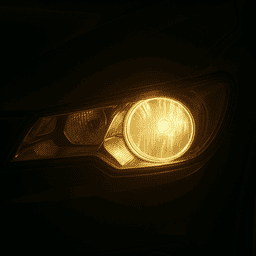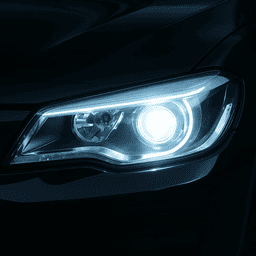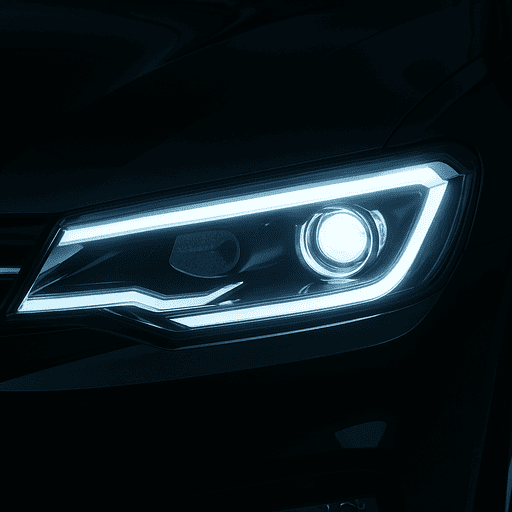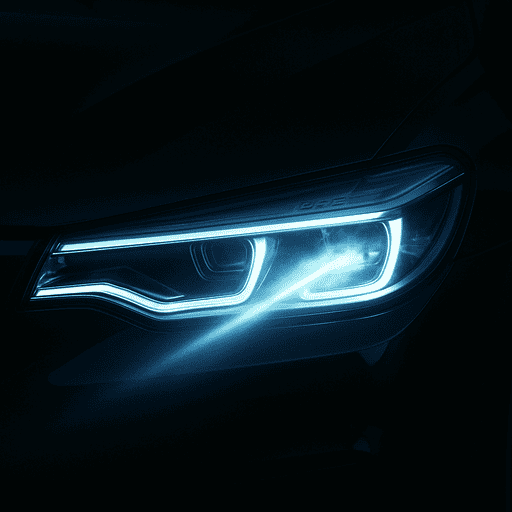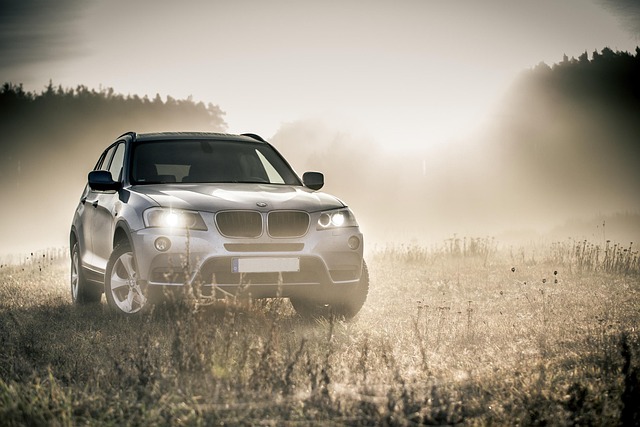
Why good lighting is crucial
Many people underestimate the importance of the correct lights on the vehicle until a defect occurs and visibility is restricted. However, a modern vehicle is not roadworthy without functioning lights. The following applies to every driver and all road users: dangers can only be recognized in good time if the lights are working. Whether low beam, high beam or parking light - every light on the vehicle has a clear function. In darkness, twilight or rain, the headlights must be switched on in good time to ensure a safe view of the road ahead. In any case, if you disregard this rule, you are putting yourself and others in danger.
Overview: Types of car lighting
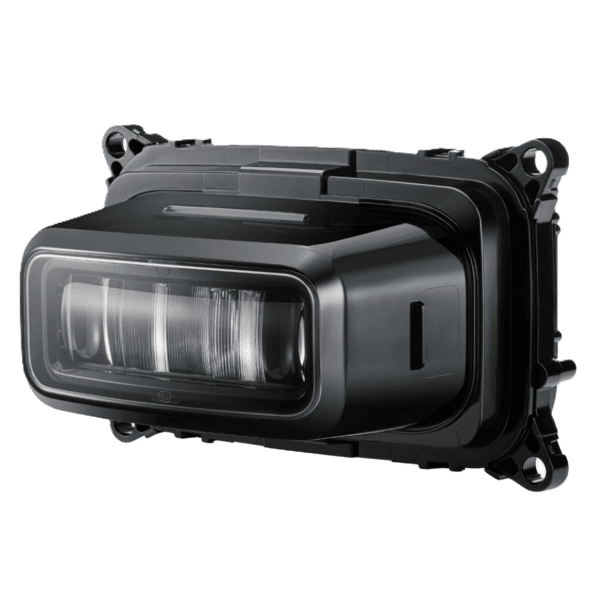
Headlight
These include low beam and high beam, which are responsible for illuminating the road. While the low beam illuminates the road within a range of around 50 meters, the high beam enables a significantly greater range of vision - but only if there is no oncoming traffic.
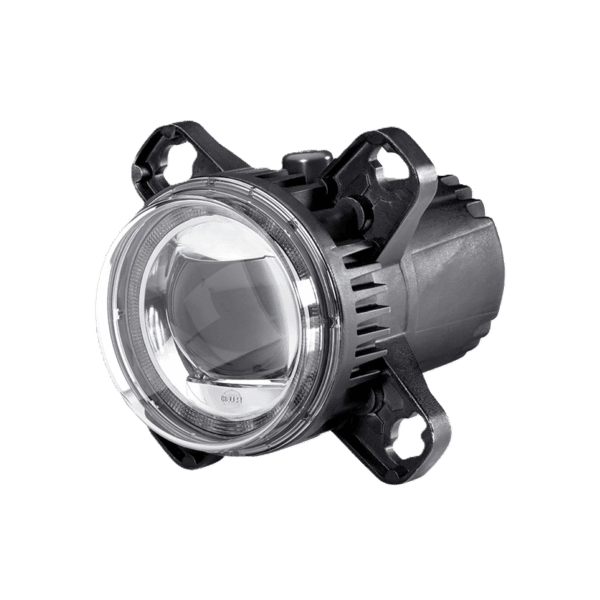
Low beam
Standard at night or in restricted visibility conditions such as light rain. It ensures that the road is evenly illuminated without dazzling oncoming traffic. Every driver should regularly check that the dipped beam is working correctly.
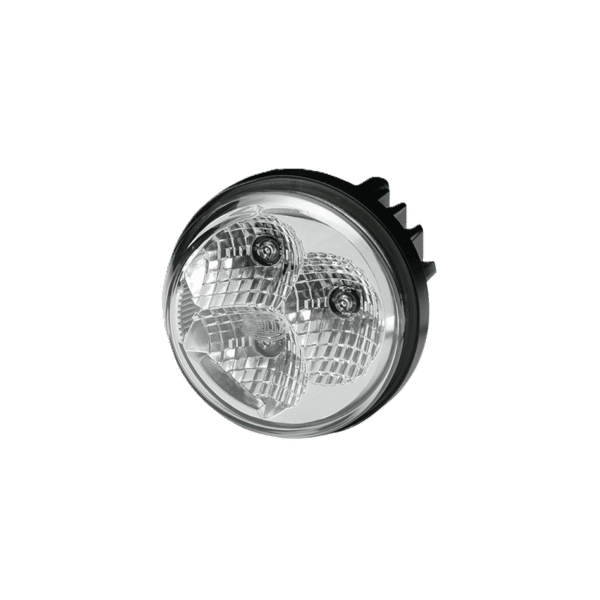
Daytime running light
Active during the day so that other road users recognize a car in good time. In fog or darkness, drivers must still switch on the dipped beam to improve visibility.
Parking light
Makes a vehicle visible when stationary. It is an important addition, especially in built-up areas or on poorly lit roads.
Indicators and flashing lights
Signal changes of direction. If they are broken, they should be replaced immediately, as they have an important function in traffic.
Brake lights
Make it clearly visible when a vehicle brakes or stops. They are among the most important lights for safety.
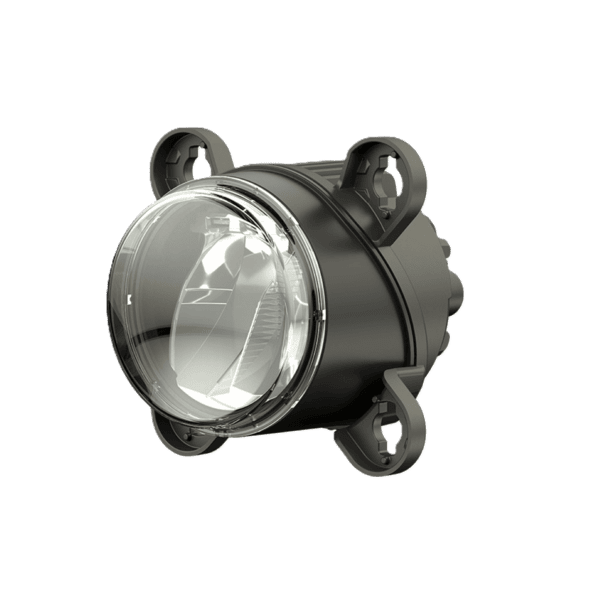
High beam
Ideal on unlit roads without oncoming traffic. It increases visibility considerably, but may only be switched on if nobody is dazzled. If there is traffic, it must be switched off again immediately. Modern headlights do this automatically. The additional light provides safety, but must not dazzle other road users.
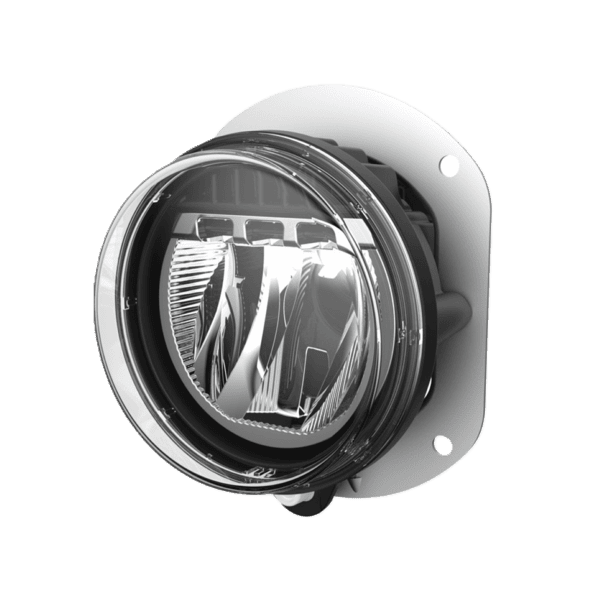
Front fog light & rear fog light
May only be switched on in fog or visibility below 50 meters. They increase the light output and help to make the vehicle more visible to others. Important! However, they must be at the correct height so that other drivers are not dazzled by the light.
Technologies in comparison
Halogen
Xenon
LED
Laser
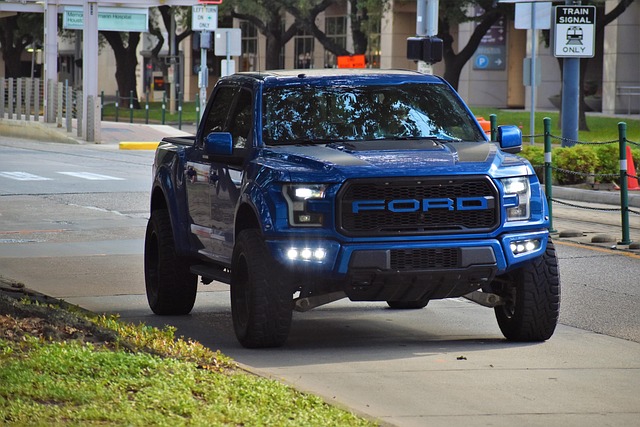
Basic rules for safe lighting
"See and be seen" is the most important rule in road traffic. Always adapt your lighting to the visibility conditions.
Make sure your dipped headlights are correctly adjusted to illuminate the road optimally without dazzling oncoming traffic.
Carry out a light check regularly: Switch on and check dipped beam, main beam, indicators, brake lights and tail lights.
Act immediately in the event of defects. It is best to replace both headlights at the same time to ensure uniform light.
Only use approved products and call in the workshop if necessary.
Only use fog lights and rear fog lights in heavy rain or fog. Incorrect use dazzles other drivers and is prohibited.
Which light sources are permitted?
Only tested products with E-mark are permitted. White light at the front, red at the rear, amber indicators. Retrofit solutions are permitted if they are approved by the manufacturer.
How do I recognize that a light is defective?
A failure is indicated immediately, usually by a symbol in the cockpit or when a light no longer works. You can avoid this symbol by having your vehicle checked regularly to detect problems at an early stage. Especially at dusk, in the dark or in poor visibility conditions such as fog, the right light, whether low beam or high beam, is crucial for your safety
Can I replace halogen with LED?
Yes, but only with approved retrofit lamps. These depend on the model and must be confirmed by the manufacturer.
Do I have to replace both headlights?
Yes, it is advisable to change them in pairs to ensure uniform lighting conditions and good visibility over several meters. Different lights can irritate road users.
What does a standard luminaire cost?
Simple halogen bulbs are available from around €10, xenon costs €40-100 and LED retrofit sets start at around €100. If you want more light output, you can opt for premium products that are available for certain vehicles.

By entering your e-mail address, you agree to our privacy policy.
